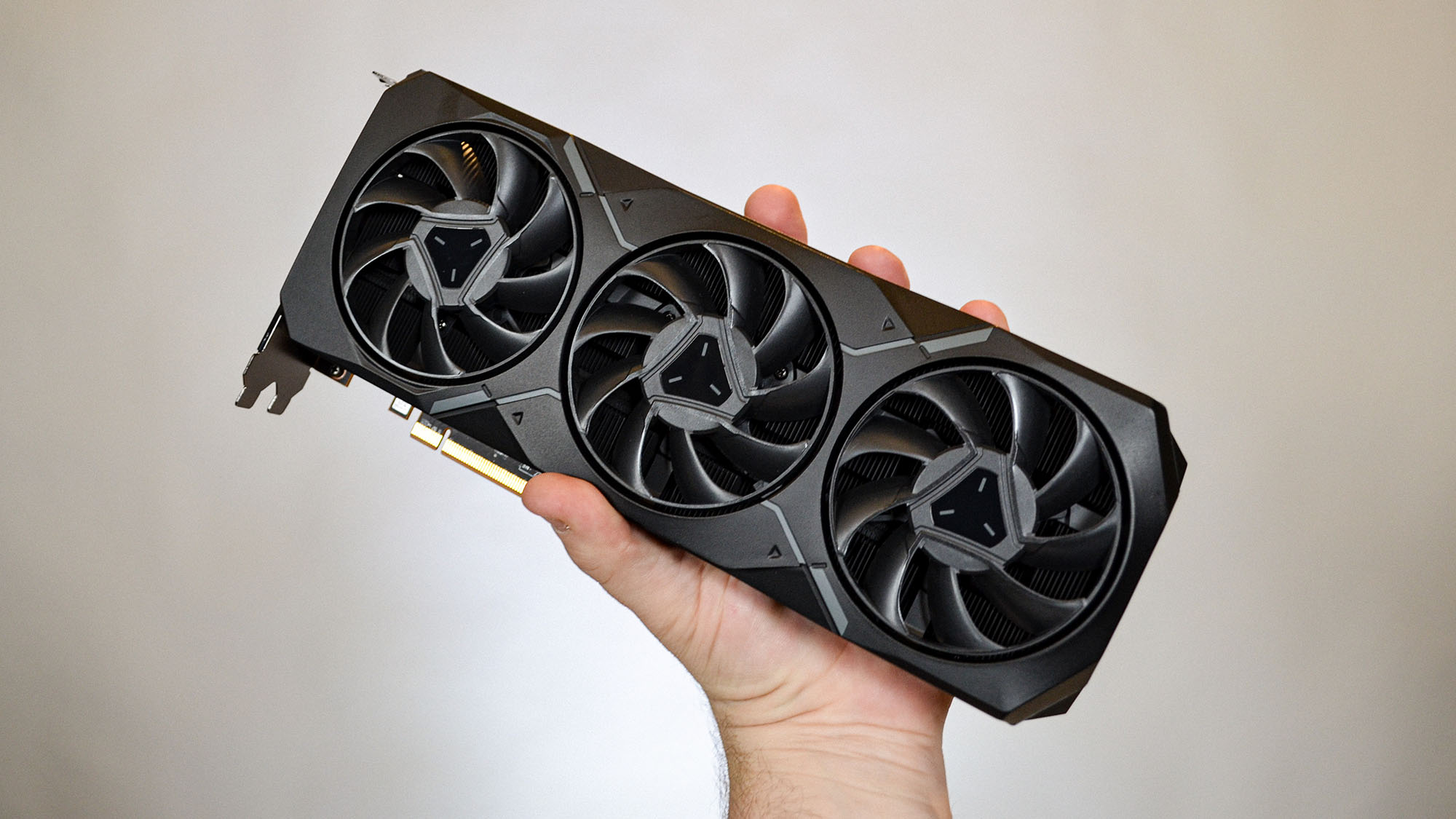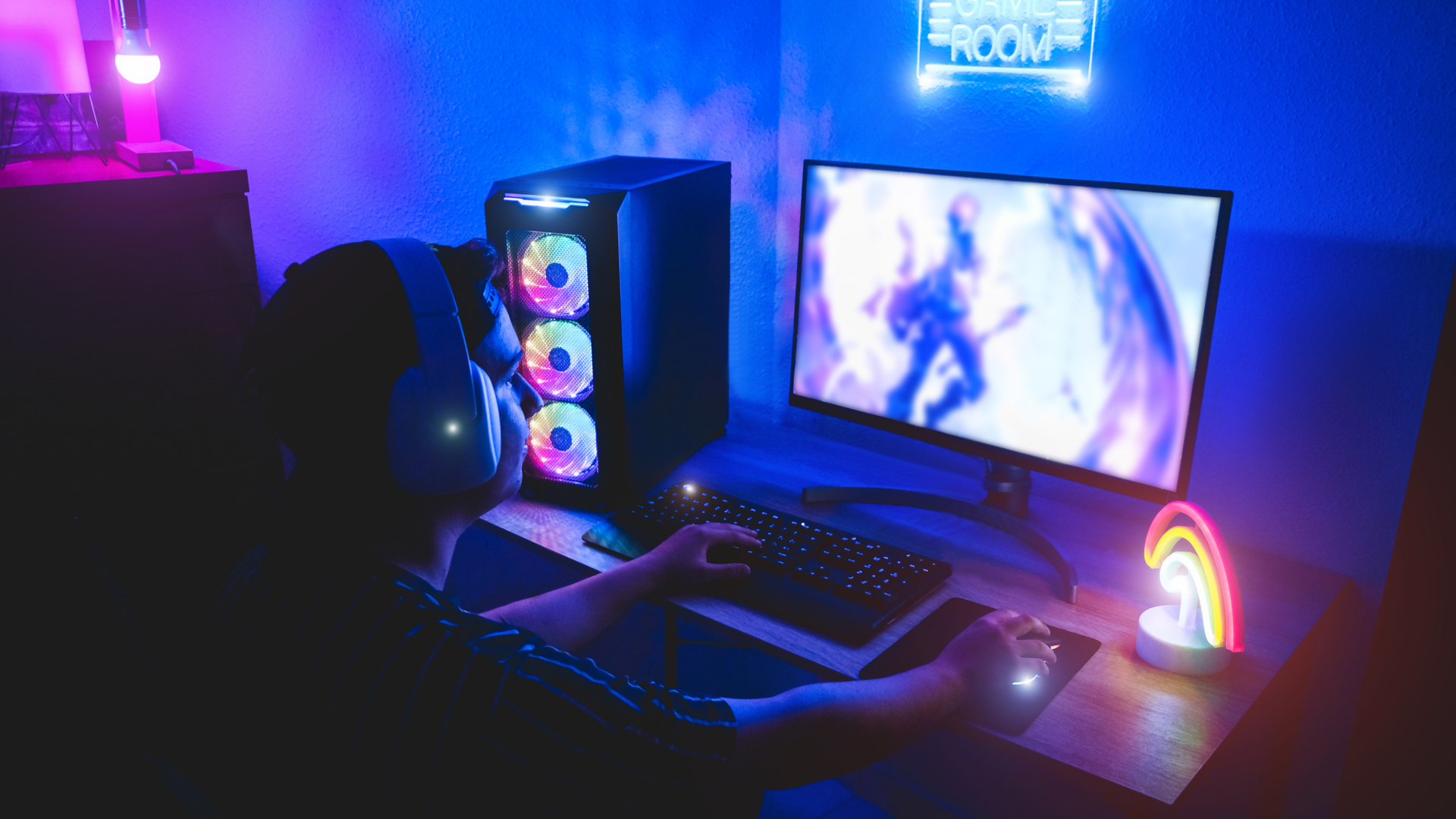Desktop replacement gaming laptops have been around for years, as alternatives to hardcore gamers wanting more bang for their buck in terms of specs. Marketed as having the best current specs along with much larger displays and better ventilation than theirs lighter and thinner counterpartsthey’re promoted as being nearly as powerful as the best gaming PC while being portable.
But there are a sizable amount of downsides to getting one of these monster gaming laptops. Because they fit in an awkward space between normal-sized laptops and PCs, they tend to bear the negatives of both while not offering much in benefits over them.
And considering how expensive they are, it’s vital to understand how much desktop replacements differ from gaming PCs. Although they do have some benefits over the latter, like the fact that you’re not completely anchored to a single spot, there are too many issues that drag down these so-called PC killers.

Not very portable
The elephant in the room is that simply put, replacement desktop laptops are way too bulky to be properly portable, which is the whole benefit of getting a laptop in the first place. Desktop replacements tend to be in the larger range of screen size, from 16 inches and higher, which also packs on the weight.
The issue is that this naturally makes them harder to fit into most bags, especially women’s bags which already struggle with fitting most normal-sized laptops let alone these behemoths. Not to mention the weight, which is an issue for people who are unable to carry laptops five pounds and over.
There’s also the size of the AC adapters, which have been nicknamed “power bricks” for a reason, as their absurdly large size and weight takes up way too much space and only adds to the burden of the laptop. These two issues combined mean you have a machine that’s only marginally more portable than a dedicated gaming PC, which then begs the question: why not just purchase a PC in the first place?

Harder to replace parts
One of the eternal struggles of laptop owners is the fact that components like CPU and GPU are impossible to switch out. This means that if you have a laptop that’s finally showing its age, you’ll have to purchase a brand new machine to replace it, rather than upgrade the older parts.
And while upgrading memory and storage space is usually an option, there is only so much you can upgrade there. There are also parts like the motherboard, which will completely destroy a gaming laptop if it fails and there is no way to replace it yourself.
Meanwhile, any part in a gaming PC can be swapped out for different parts. Need to update your CPU and GPU? You can upgrade to whatever is the latest model, as long as you also remember to upgrade your power supply and motherboard if necessary. RAM and storage can also be easily replaced or expanded depending on your needs. Even a malfunctioning motherboard can be safely replaced.

Sound quality tends to be worse
Laptops, including desktop replacement gaming laptops, aren’t well-known for their high-quality speakers and for good reason. One of the main drawbacks from gaming laptops tends to be the sound quality since it’s difficult to fit decent speakers in a thin form factor. While monitors attached to a gaming PC aren’t top-of-the-line, they at least on average offer a better audio experience due to having more space for better speakers.
Gaming PCs have another unique feature, in which you can set up a fully functioning surround sound system, due to the attached monitor having plenty of ports meant for that purpose. Desktop replacements are much more limited in their port selection and so installing an elaborate sound system isn’t viable.
The fact is that desktop replacements will never match the level of the sound quality of a PC, whether using built-in speakers or upgrading to a sound system.

Lack of display port output
In the same vein as desktop replacement laptops not having proper sound setups, their display output for portable monitors is lacking as well. At the most, you can expect an HDMI 2.1 port to be standard among gaming laptops.
There are two main display types in use among gaming computers, HDMI 2.1 and DisplayPort 1.4. While the former is much better for gaming consoles as it unlocks full resolution and refresh rate support, the latter is preferable for PCs due to it offering multiple monitors bandwidth for 4K at up to 120Hz, or up to 240Hz for 1440p displays.
Desktop replacements can offer DisplayPort 1.4 through Thunderport 4 but that’s exceedingly rarer, while gaming PCs often offer DisplayPort 1.4 through the monitor’s port selection. And considering the price you pay for desktop replacements, it’s unfortunate that there’s yet another feature missing from them.

More expensive for the same specs
Pricing is another important factor between gaming PCs and desktop replacement laptops, and yet another point in which the latter falls short. If you want one of the best gaming laptops that has the latest specs with the largest screen possible, be prepared to spend at least $2,000 and upwards of $4,000 for the highest specs possible. The best gaming pc with similar specs often sells for hundreds of dollars cheaper.
And even if both machines are the same price, PC components can be upgraded independently of the overall computer by simply unscrewing and plugging in wires. Very few laptops can be upgraded in the same way, with parts for those few ones more expensive and requiring more expertise to install them. And if you own a desktop replacement that can’t be upgraded, then be prepared to rebuy gaming laptops every few years as components age and break down.
There’s no way to future-proof these components because laptops are designed to fail rapidly after a few years, while PCs can last for much longer without worrying about upgrading to the next best graphics card or processor.